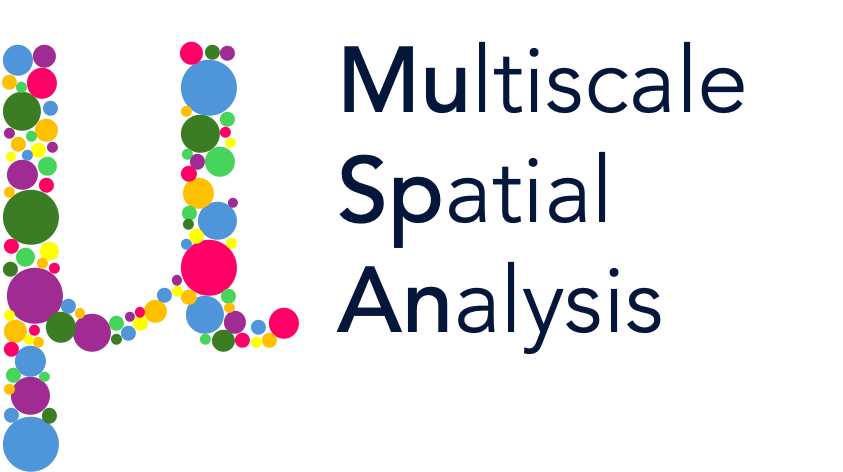level_set_filtration#
- level_set_filtration(image, max_dimension=1, min_heatmap=-inf, max_heatmap=inf, visualise_output=False, visualise_peristence_diagram_kwargs={})#
Compute the level set filtration of a given single channel 2D image.
The level-set filtration is a method used to study the topology of a scalar function defined on a space (e.g., a real-valued function on a manifold or domain). Given a continuous function f: X -> R, the filtration is built by considering sublevel sets X_alpha = f^{-1}((−∞, α]) for increasing values of α. These sublevel sets show how the topology of the domain changes as α increases.
As α increases, new regions of the space are added, creating a nested sequence of sublevel sets. This filtration reveals how topological features such as connected components, loops, and voids emerge and disappear across the domain.
- Parameters:
- imagearray-like
The input image, which must be a 2-dimensional array-like structure (list, tuple, or numpy array).
- max_dimensionint, optional
The maximum dimension of persistent homology to compute. Default is 1.
- min_heatmapfloat, optional
The minimum value for the heatmap. Default is -infinity.
- max_heatmapfloat, optional
The maximum value for the heatmap. Default is infinity.
- visualise_outputbool, optional
If True, visualise the persistence diagram. Default is False.
- visualise_peristence_diagram_kwargsdict, optional
Additional keyword arguments to pass to the persistence_diagram function when visualising the persistence diagram.
- Returns:
- dict
A dictionary containing the persistent features. The key ‘dgms’ maps to a list of persistence diagrams, one for each dimension up to max_dimension.
- Raises:
- ValueError
If the input image is not a 2-dimensional array-like structure. If min_heatmap or max_heatmap is not a float or int. If the input image does not have exactly 2 dimensions.
Notes
This function uses the Ripser library to compute the persistent homology of the level set filtration. The input image is converted to a sparse distance matrix, which is then passed to Ripser.
Examples
>>> import muspan as ms >>> import numpy as np >>> image = np.array([[1, 2], [3, 4]]) >>> result = ms.topology.level_set_filtration(image) >>> print(result['dgms'])
